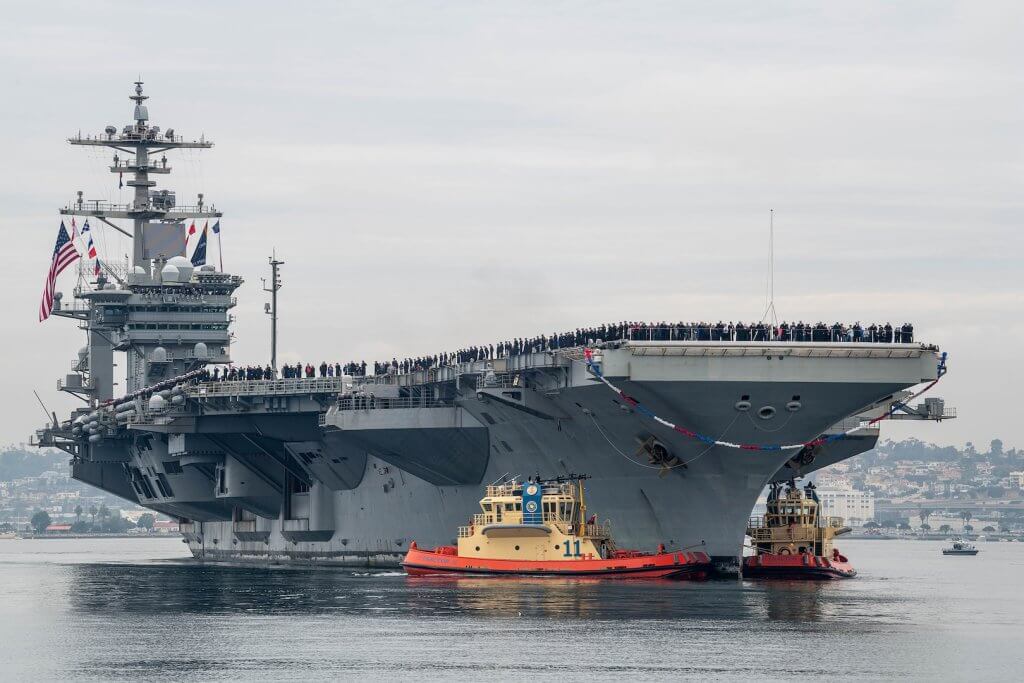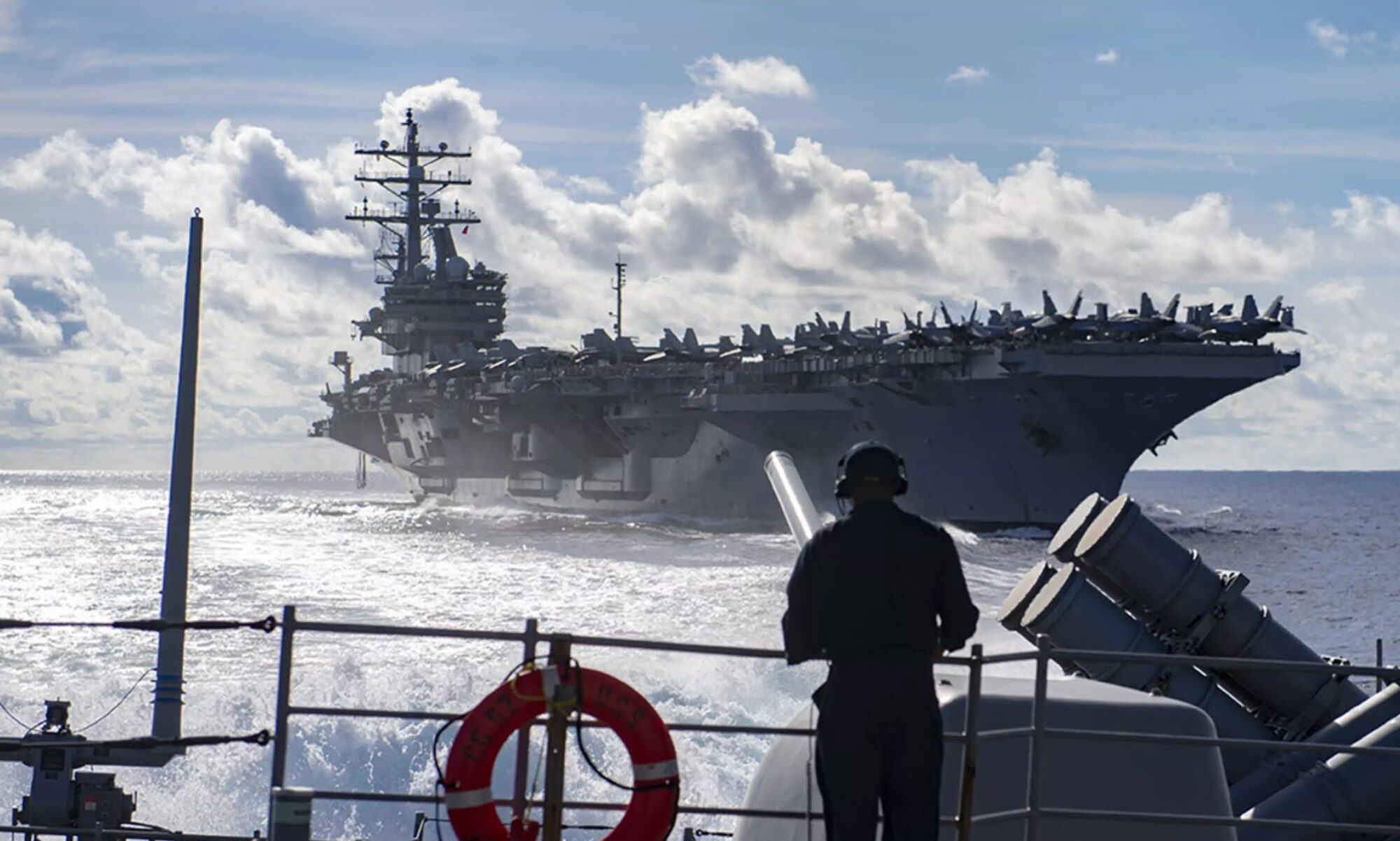
High-Speed Connectivity at Sea: The USS Abraham Lincoln Embraces SpaceX’s Starlink

As the founder of Americans for a Stronger Navy and a former U.S. Navy sailor from the 1970s, I find the latest technological advancement aboard the USS Abraham Lincoln both fascinating and promising. The integration of SpaceX’s Starlink system on this iconic aircraft carrier isn’t just about convenience—it’s about revolutionizing life at sea for our sailors and ensuring the Navy remains on the cutting edge of both technological and operational capability.
A Game-Changer for Morale and Productivity
The introduction of Starlink provides high-speed, low-latency internet, even in the most remote ocean regions. This capability dramatically enhances the quality of life for sailors who spend long periods away from home. With this system, sailors can now reliably connect with loved ones, play video games, stream content, and even engage in real-time video calls—a stark contrast to the unreliable and sluggish internet previously available through older Department of Defense satellites.
Vice Adm. Daniel Cheever and other Navy officials have highlighted how this development transforms the maritime experience by blending quality of life and work. It’s a significant morale booster, enabling sailors to maintain connections with family and friends, which is crucial for mental well-being during deployments.
Balancing Connectivity with Security and Privacy
While the benefits of this high-speed connectivity are clear, the Navy has also implemented necessary measures to manage and secure the use of these systems. Content filtering is in place to ensure that internet access is used appropriately. This includes restrictions on accessing certain types of content, such as pornography, online gambling, and potentially some gaming sites. These filters help preserve the integrity of the network and ensure that bandwidth is allocated for essential communication and operational purposes.
However, the increased connectivity also brings privacy concerns. The Navy’s network monitors which sites are accessed and controls bandwidth distribution among users. This monitoring is essential for maintaining network performance and ensuring fair usage across the crew, but it also raises questions about how much privacy sailors can expect when using the internet for personal communications. Although efforts have been made to provide private spaces for phone calls, such as the newly established phone booths, the system still tracks and manages internet usage, which could potentially impact the personal privacy of the sailors.
Operational Implications: Beyond Morale
Beyond personal connectivity, Starlink’s high-speed internet is crucial for operational effectiveness. The ability to transfer several terabytes of data daily to cloud services enhances everything from training readiness to supply chain management. This capability allows the Navy to perform system updates remotely and stay ahead of potential adversaries, ensuring that the USS Abraham Lincoln and other vessels are always prepared for their missions.
Conclusion
The deployment of SpaceX’s Starlink aboard the USS Abraham Lincoln is a remarkable step forward, reflecting the Navy’s commitment to enhancing both the operational effectiveness and quality of life for its sailors. It’s a development that, as a former sailor, I can only imagine would have been a game-changer during my time at sea. Yet, with this advancement comes the responsibility to address the accompanying challenges head-on to ensure that our Navy remains secure, resilient, cost effective and ready for the future.
A special thanks to @EryckStamper for the news tip that inspired this deep dive into the implications and benefits of this new technology for our sailors.

